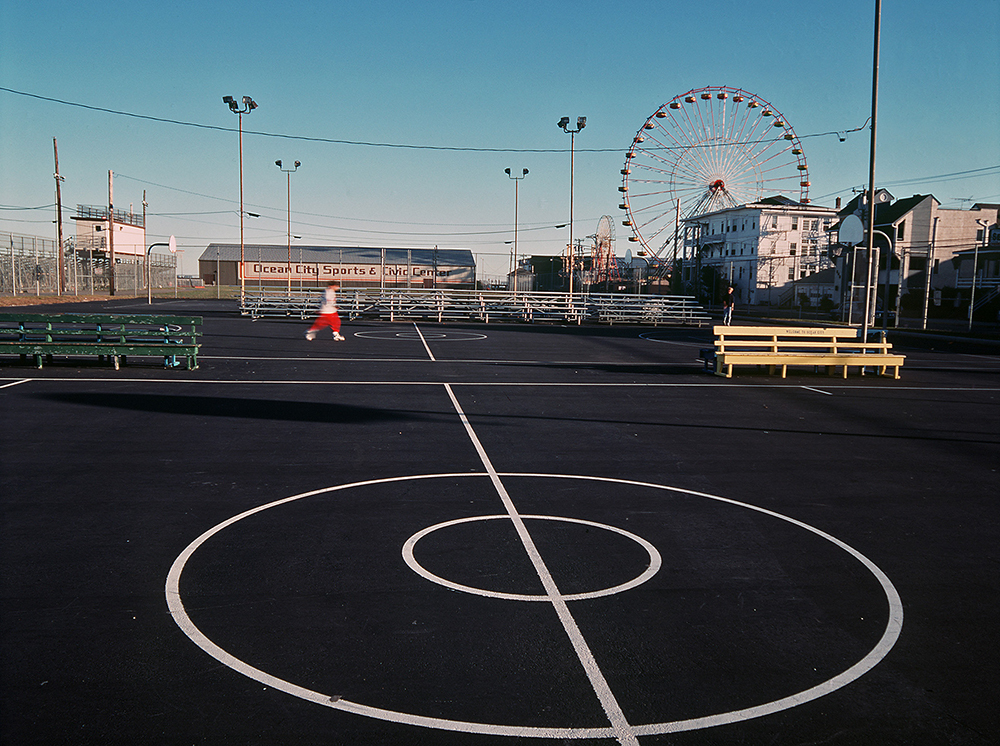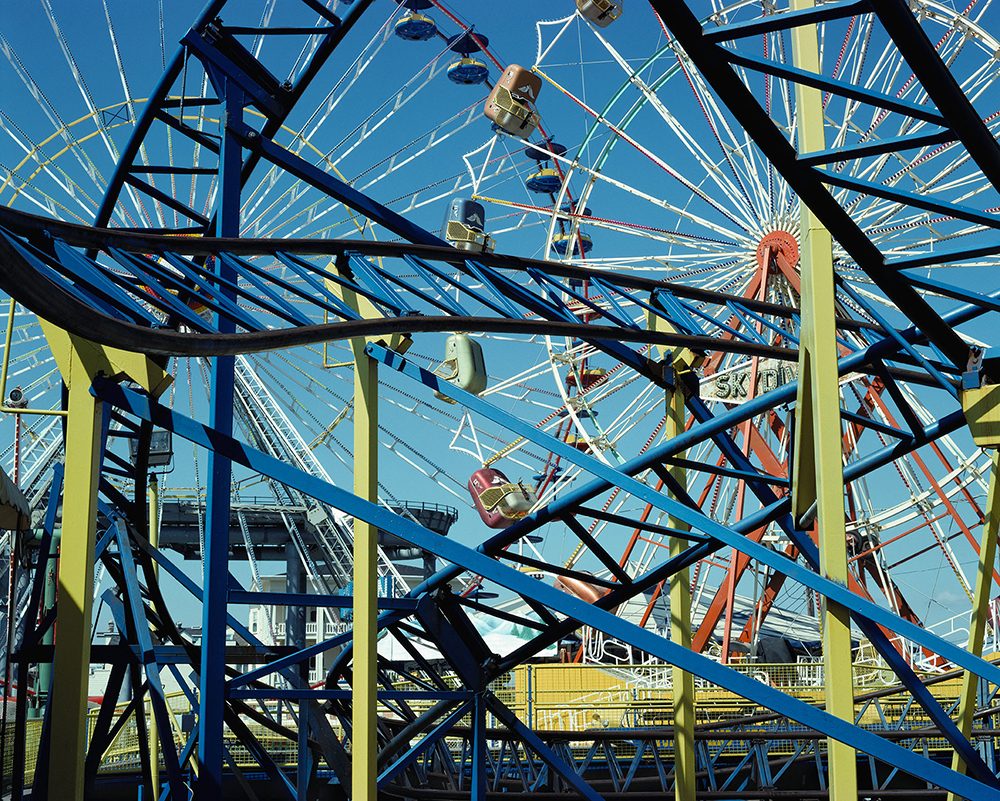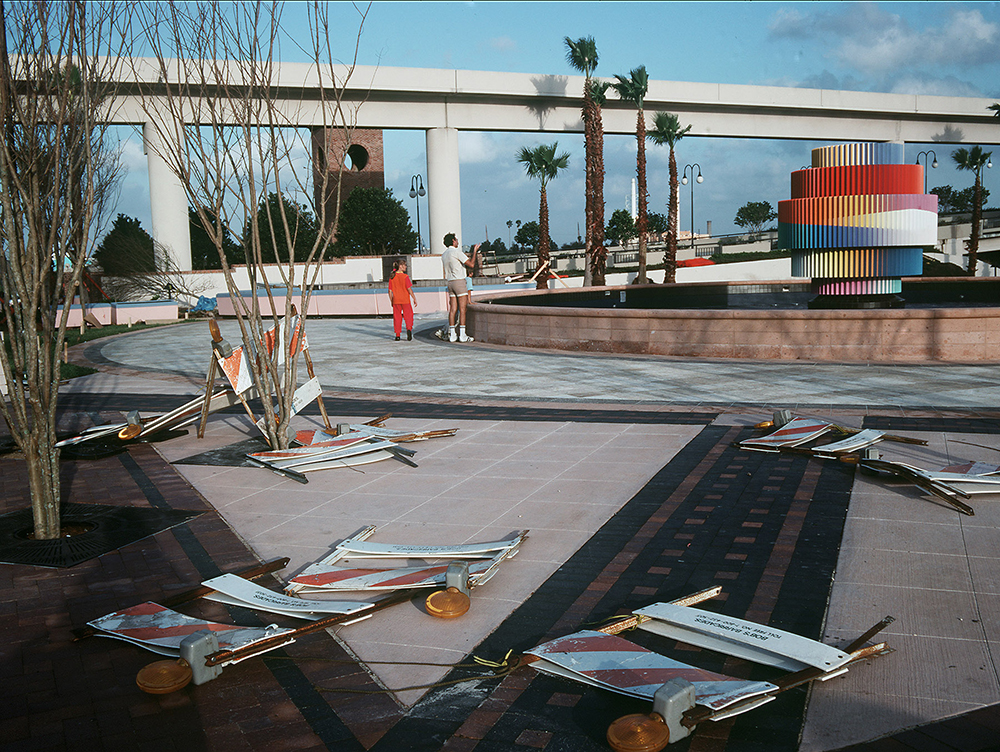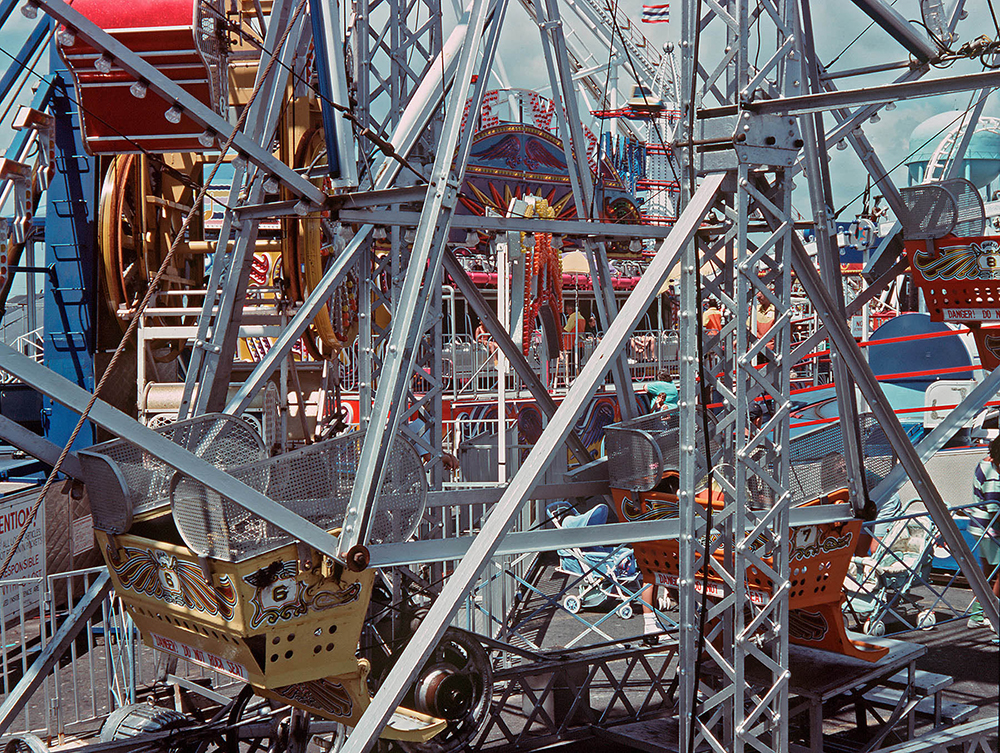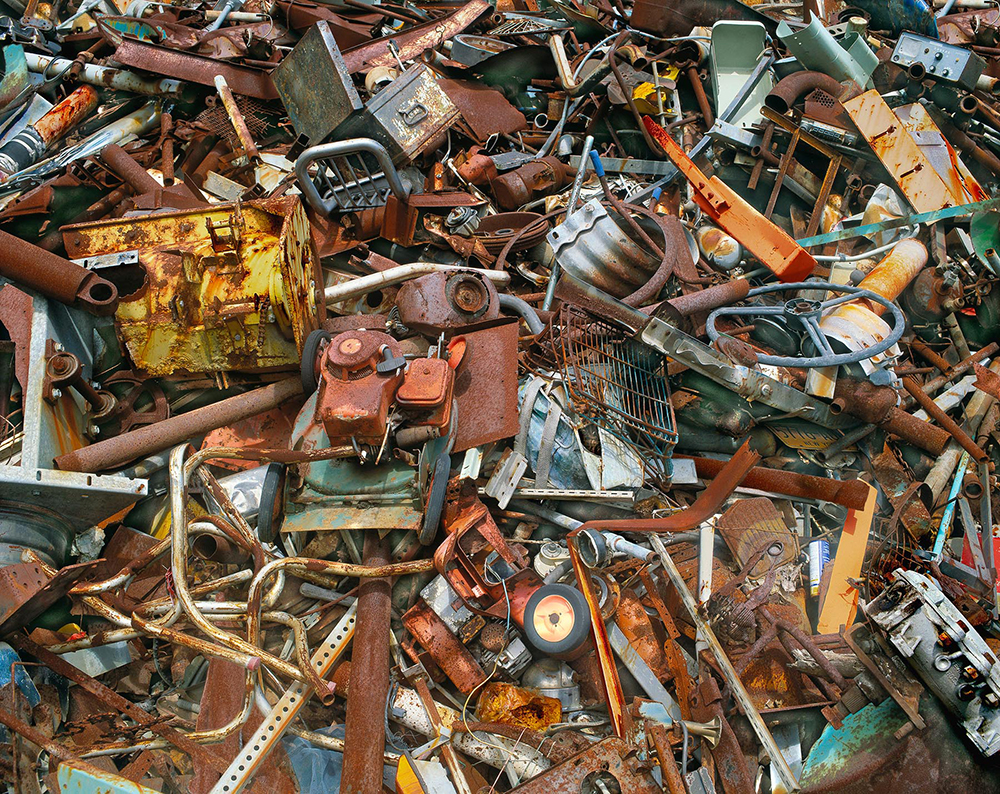David Ricci: Art and Science on the EDGE
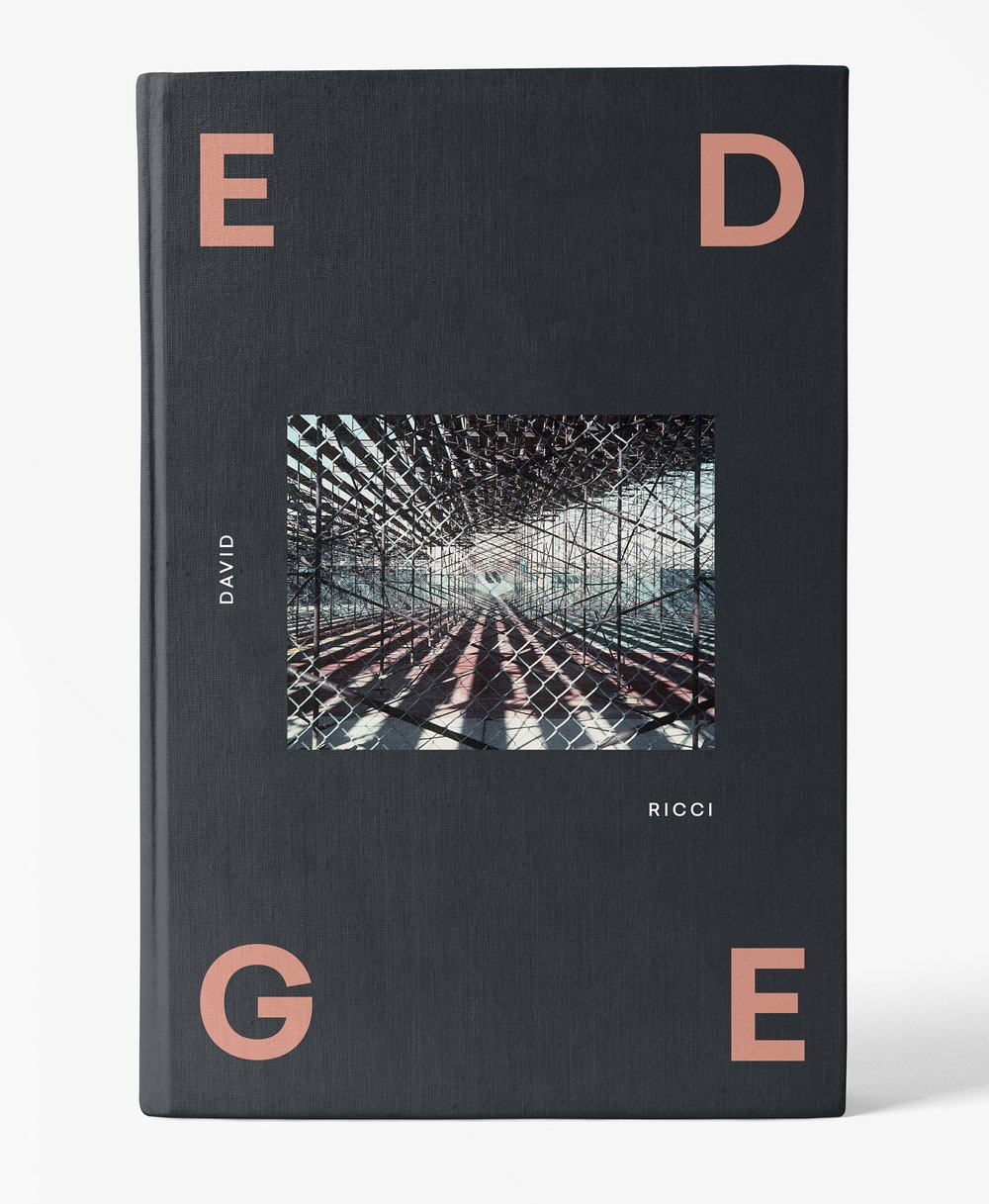 I’ll keep it simple. David Ricci is the real deal. His work reveals the power that art can have in our lives. His new book, EDGE, reveals what an artist – a true artist – can accomplish with a clear and unique vision with their priorities right.
I’ll keep it simple. David Ricci is the real deal. His work reveals the power that art can have in our lives. His new book, EDGE, reveals what an artist – a true artist – can accomplish with a clear and unique vision with their priorities right.
David comes from a unique background for an artist, and he has used it to advantage. He has bachelor’s and master’s degrees in biomedical engineering from Rensselaer Polytechnic Institute (RPI) and is a self-taught photographer. In a fascinating interview just released on fstopmagazine.com, David is asked “Why do you photograph?” His answer, “It’s just what I do.”
David is like a Southern folk artist with an advanced science degree. This is a combination that the art world has rarely seen before. We know what kind of art privileged white kids who graduate from expensive art schools produce – we see that all the time and are often underwhelmed – but David has a fresh vision that he presents to the world in EDGE, a photobook now available for pre-order at FallLinePress.com The book also includes an essay by Tim Davis and an innovative design by Margaux Fraisse.
In the recent interview on fstopmagazine.com, David states what that vision is in five words – Human presence without humans present. He has stuck to this vision for over 30+ years working on EDGE. One can make a case that this is a central theme of the New Topographics movement of Lewis Baltz and Robert Adams, but David has carved out a new niche in that style of landscape photography. He has photographed varying subjects – amusement parks, factory interiors, buildings being demolished, junk yards, tires, bed springs, boat docks, you name it – in a way that make them all look like the human presence is gone but still hanging around just outside the frame. Sometimes a few people are still around, but they are not entirely engaged with their surroundings. The mood is not dystopian, but not completely friendly either.
David could have settled here, but he added a new layer – the role that randomness and chance plays in our lives. In one spectacular four-page gatefold, we see the nets and floats and all kinds of other equipment on a marine dock and wonder how it all got to be positioned as it is. On another spread, two baby strollers sit to next three random people in a chaotic but beautifully rendered scene of rides at an amusement park (This is my favorite image in EDGE, but it’s hard to choose because there are so many other visually strong and thought-provoking photographs).
David then took his approach to a whole new level by working successfully to make images so complex that they are about to fall apart visually, but still decipherable. The EDGE. Brilliant. I see this visual language play out most clearly in the last chapter of EDGE – natural subjects like plants and seaweed photographed in swirling details – but this style permeates throughout the book as well.
It took someone who can understand the scientific theories of entanglements, strings and chaos – David is a smart guy – to be able to adapt that knowledge to a creative visual style. Art critics might say that science is boring and anti-art. David, always the gentleman, wouldn’t respond to them this way but his stunning results make them look like fools. EDGE may help show us that not only do you not have to go into years of student debt to make great art, but this path might be as depleting to your soul as well to your pocketbook. This is liberating to young artists, especially those who don’t have parents with the money and connections to send their kid to a prestigious art school and buy them an 8 x 10 camera to take photos that are derivative of Alec Soth? David has shown that you can do breakthrough art with a simple approach, a unique vision and a supportive wife and family.
His latest project Hunter/ Gather will blow your mind. It is an example of personal growth that a rapper might call “new and additional.” He is still using his complexity theory approach to photograph in antique malls, collectibles fairs and flea markets but is now focusing the message on the many evils of American society. I saw one recent post on his Instagram -@davidricci123 – where he juxtaposed two items in an antique shop, a Catholic icon and a photo of Marilyn Monroe swimming in hundred-dollar bills. In one shot he made you think about the possible connections between wealth, status, celebrity worship, false gods, American consumerism, on and on. In the fstopmagazine.com interview David describes his approach to Hunter/Gather:
“This is easily the most ambitious photography project of my life. The subject matter is overly broad – toys, dolls, mannequins, posters, games, paintings, photographs, figurines, household items, taxidermy, a huge array of tchotchkes, and more. The project attempts to shine a light on American uber-materialism, to discover what these massive amalgamations of our possessions can tell us about our collective past, and to see what they might reveal about present-day American culture.”
I can’t wait to see more.
Publisher Bill Boling, who has always had an eye for talent, struck the mother lode when he viewed David’s work and invited him to publish his work at Fall Line Press. It is revealing about the state of the fine art photo world that David could have gone along for so long working without professional assistance. Will Stapp, who at the time was the senior curator at George Eastman House, being was one of the few to give moral support to David’s unique vision. That needs to change, and I hope that EDGE gets broad recognition.
Full disclosure, I worked with David on EDGE as a senior editor at Fall Line Press. Oh, some may say in their thoughts, “Now I get it. I was beginning to sniff out that this must be some sort of marketing propaganda with all those links and mentions and glowing remarks. Just a puff piece. I’m not going to fall for that.” Everyone is entitled to their opinion, but this approach to my review was and is intentional. My motives in writing this review are well-intentioned and truthful to the best of my ability. I believe that David is the type of artist that often falls through the cracks. They aren’t good at promoting themselves because they don’t like doing that. They are too humble. They have too much empathy for others to spend a lot of time in our selfie, narcissistic world talking about themselves. They work outside the system which is why they are able to do work that stands out from the in-crowd, but they pay a price for their independence. Everyone deserves recognition if they are deserving and as I said at the beginning of this review, I believe David Ricci is the real deal. You can decide for yourself better if you go to his website www.davidricci.net
When David’s career takes off and he keeps producing one great photo book after another, I could be able to say to all his admirers at an opening of David’s solo show at an internationally recognized gallery, “Yes, I know David and when David and I did EDGE together back in the day and I came up with all these great ideas for him, he really liked me.” I don’t think I’ll say that. I’d rather just say “It was my pleasure working with David, a wonderful human being who I consider a friend on a landmark book. And to David now I will say that it truly was my honor to guide you to just be you. Amazing work. Let’s celebrate it.
Head on over to www.FallLinePress.com and preorder EDGE. I got a feeling that it will sell out soon and that isn’t hype.
EDGE OF CHAOS
Early in my career I photographed architectural subjects and worked in a sparse formalist vein, trying to perfect what I understood to be “good” photographic composition – move in close, crop tightly, eliminate superfluous objects from the field of view. As my attention shifted to manmade landscapes and a greater emphasis on narrative, I progressively included a greater number of visual elements in the frame to develop a personal approach to image-making – a method that uses complex formal structures to reveal an underlying elegance embedded in haphazard scenes and banal or cliché subject matter.
This approach evolved while photographing at amusement parks and along New Jersey shore boardwalks when the attractions were being erected or dismantled for the season, or when the sites were mostly abandoned. Initially I was drawn to the formal possibilities of the steel ride structures, but these venues call out for crowds, so when nearly deserted they took on an intriguing, eerie, surreal aura. The absence of figures in the scenes also impacted the way I composed the photographs. Graphic elements that would have been obscured by throngs of people emerged from the scenes; I became acutely aware of the colors and patterns on the ground; the sky took on a greater role in the composition. Over time I progressively included a greater number of visual components in the frame, made extensive use of repeating motifs and used more complex formal structures. The compositions gradually became quite complex, bordering on chaos, and holding together a bit tenuously.
Since that time I have produced several more bodies of work utilizing a variety of compositional strategies: a project on loss and devastation that includes photographs of building demolitions, dismantled factories and natural disasters; images of scrap metal heaps and recycling centers that comment on our consumerist society; a portfolio of large-scale prints of brush, branches and seaweed that make a purely formalist statement; a recent project photographing commercial fishing vessels and riggings that, despite the absence of the crew, evokes their presence and life on the working waterfront. When successful, emerging from the throng of randomness, the rubble, the weeds, the tired day’s work, is an image that reveals the essence of the subject while resonating with gesture, pattern and rhythm. – David Ricci
David Ricci is a self-taught American photographer. Early in his career he became intrigued with the work of the New Topographics and New Color photographers who influenced his work for decades to come. He employs complex visual structures characterized by gesture, rhythm, and pattern to reveal the underlying order in chaotic landscapes.
Ricci was the recipient of the Annual Curator’s Award from The Center for Photographic Arts and was longlisted for the Aesthetica Prize in the UK. His photographs have been exhibited and acquired by several museums including Los Angeles County Museum of Art, Fogg Museum, Winnipeg Art Gallery, The Hyde Collection, Fleming Museum, DeCordova Museum, and Smith College Museum of Art.
His monograph, EDGE, will be published by Fall Line Press in spring, 2022 and can be ordered at www.falllinepress.com/Edge.
Follow David on Instagram: @davidricci123
Peter Essick is a photographer, teacher, and editor with 30 years of experience working with National Geographic Magazine. He specializes in nature and environmental themes. Named one of the forty most influential nature photographers in the world by Outdoor Photography Magazine UK, Essick has been influenced by many noted American landscape photographers from Carleton Watkins to Robert Adams. His goal is to make photographs that move beyond documentation to reveal in careful compositions the human impact of development as well as the enduring power of the land.
Essick is the author of three books of his photographs, The Ansel Adams Wilderness, Our Beautiful, Fragile World and Fernbank Forest. He has photographed stories for National Geographic on many environmental issues including climate change, high-tech trash, nuclear waste and freshwater. After 30 years travelling the world as an editorial photographer, Essick decided to focus his work on a more personal documentation of the environmental and cultural changes in his hometown of Atlanta.
Essick’s photographs are in the permanent collection of the Museum of Contemporary Art of Georgia, the Booth Western Art Museum and many other private collections. He is represented by Spalding Nix Gallery in Atlanta, Georgia.
Follow Peter on Instagram: @peteressick
Posts on Lenscratch may not be reproduced without the permission of the Lenscratch staff and the photographer.
Recommended
-
Scott Offen: GraceDecember 12th, 2025
-
Izabella Demavlys: Without A Face | Richards Family PrizeDecember 11th, 2025
-
2025 What I’m Thankful For Exhibition: Part 2November 27th, 2025
-
2025 What I’m Thankful For Exhibition: Part 3November 27th, 2025
-
2025 What I’m Thankful For Exhibition: Part 4November 27th, 2025

